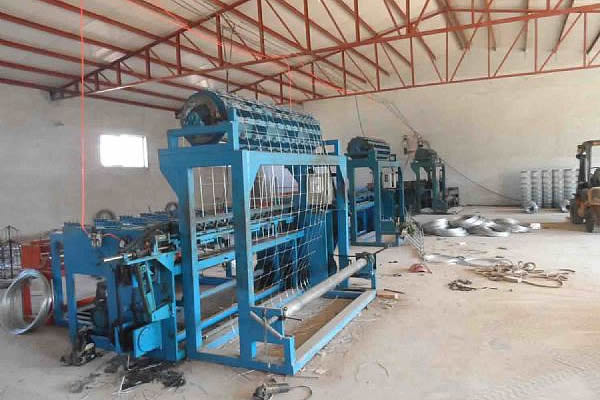 TEL:
+86-13102802206
TEL:
+86-13102802206
 Email:
fencenetting@china.com
Email:
fencenetting@china.com
 Language
Language
 TEL:
+86-13102802206
TEL:
+86-13102802206
 Email:
fencenetting@china.com
Email:
fencenetting@china.com
 Language
Language


The Utility and Charm of Chicken Wire Fences
Chicken wire fences are a common sight in rural areas and backyards. While they are primarily associated with poultry farming, their uses extend beyond just containing chickens. This versatile material is not only practical but can also add a touch of rustic charm to gardens and properties.
What is Chicken Wire?
Chicken wire, also known as poultry netting, is a type of wire fencing that is characterized by its hexagonal holes. Made from thin, flexible wire, it is designed to keep poultry safe from predators while allowing them access to sunlight and air. Chicken wire is typically galvanized to resist rust and decay, making it a durable choice for various outdoor applications.
The Practical Usage of Chicken Wire Fences
1. Poultry Protection The primary function of chicken wire is to create a safe enclosure for chickens and other small animals, such as rabbits or ducks. It provides a barrier against predators like raccoons, foxes, and hawks. The small opening between the wires ensures that even the smallest animals cannot squeeze through, thereby keeping your livestock safe.
2. Garden Protection Beyond its use in poultry farming, chicken wire can be effectively used to protect gardens. It acts as a deterrent against rabbits, deer, and other herbivores that might invade your flower beds or vegetable gardens. Installing a fence around your garden can help ensure that your hard work in planting and nurturing your plants does not go to waste.
3. Craft and DIY Projects Chicken wire is not limited to fencing. Its flexibility makes it perfect for various arts and crafts. Crafters use it to create beautiful wall decorations, photo displays, or even sculptures. Chicken wire can be shaped into various forms, making it an ideal medium for artistic creations that add flair to home decor.

4. Composting Bins For those interested in gardening, chicken wire can also be repurposed to create compost bins. By forming a circular enclosure with chicken wire, gardeners can create a space for organic waste to decompose. This not only aids in recycling materials but also enriches the soil for future planting.
Aesthetic Appeal
Apart from its numerous practical uses, chicken wire also adds an aesthetic quality to properties. Its rustic look complements country-style homes and gardens, giving a charming, laid-back vibe. A fence made from chicken wire can allow for visibility while still providing a boundary, making it a popular choice in open landscapes.
Moreover, chicken wire fences can be adorned with climbing plants, such as ivy or morning glory, which can transform a simple fence into a beautiful green wall. This dual function as a protective barrier and a support structure for plants enhances its appeal as a landscaping component.
Installation and Maintenance
Installing a chicken wire fence typically requires fewer tools and resources compared to other types of fencing. With a few wooden or metal posts, some wire cutters, and staples, anyone can create an effective enclosure. Maintenance is relatively low; periodic inspections to ensure the wire is intact and devoid of rust can keep the fence in good condition for years.
Conclusion
In conclusion, chicken wire fences are more than just a means to contain poultry. They serve multiple purposes, including protecting gardens, functioning as crafting materials, and even contributing to sustainable practices through composting. With their rustic charm and versatility, chicken wire fences can be an attractive and practical solution for any property. Whether you are a farmer, gardener, or DIY enthusiast, incorporating chicken wire into your projects can offer both functionality and aesthetic value, making it a worthwhile investment for any outdoor space.